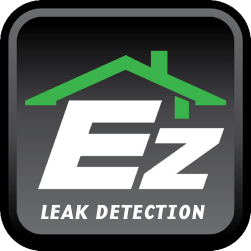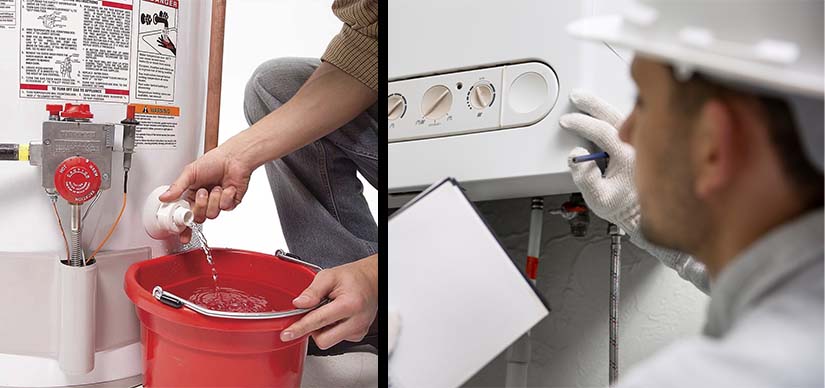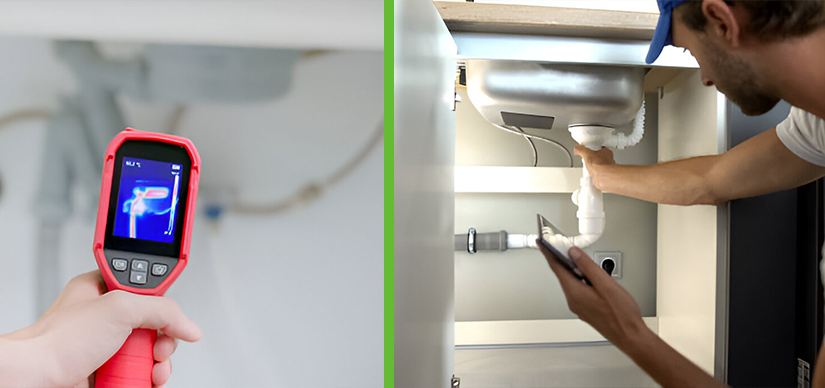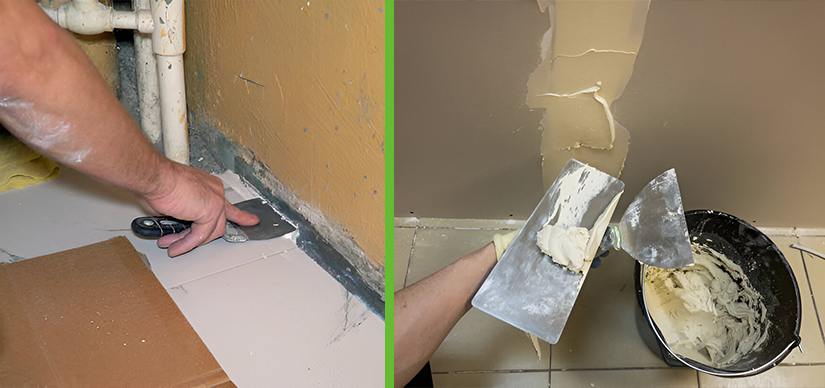Regularly Flush the Tank
Flushing the tank on a regular basis is one of the most crucial things you can do to keep your water heater in good condition.
The tank may become clogged with sediment and mineral deposits over time, which will make it work harder and less effective.
Once a year, tank flushing can help remove these deposits, extending the lifespan of your water heater.
Turn off the tank’s power source and cold water supply before flushing the tank. To a nearby drain or outside, connect a garden hose to the drain valve. When the water runs clear, open the drain valve and let it drain out.
Reopen the cold water supply and close the drain valve. Before turning on the power again, let the tank fill up.


















